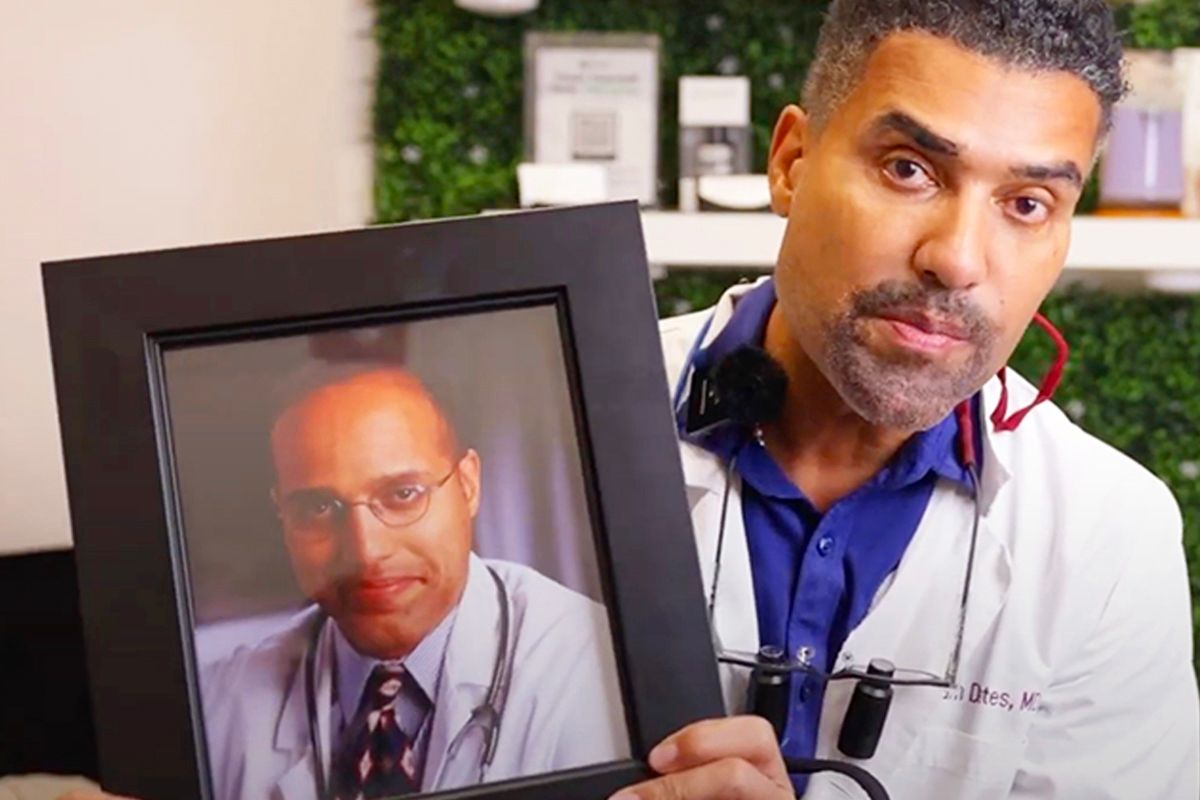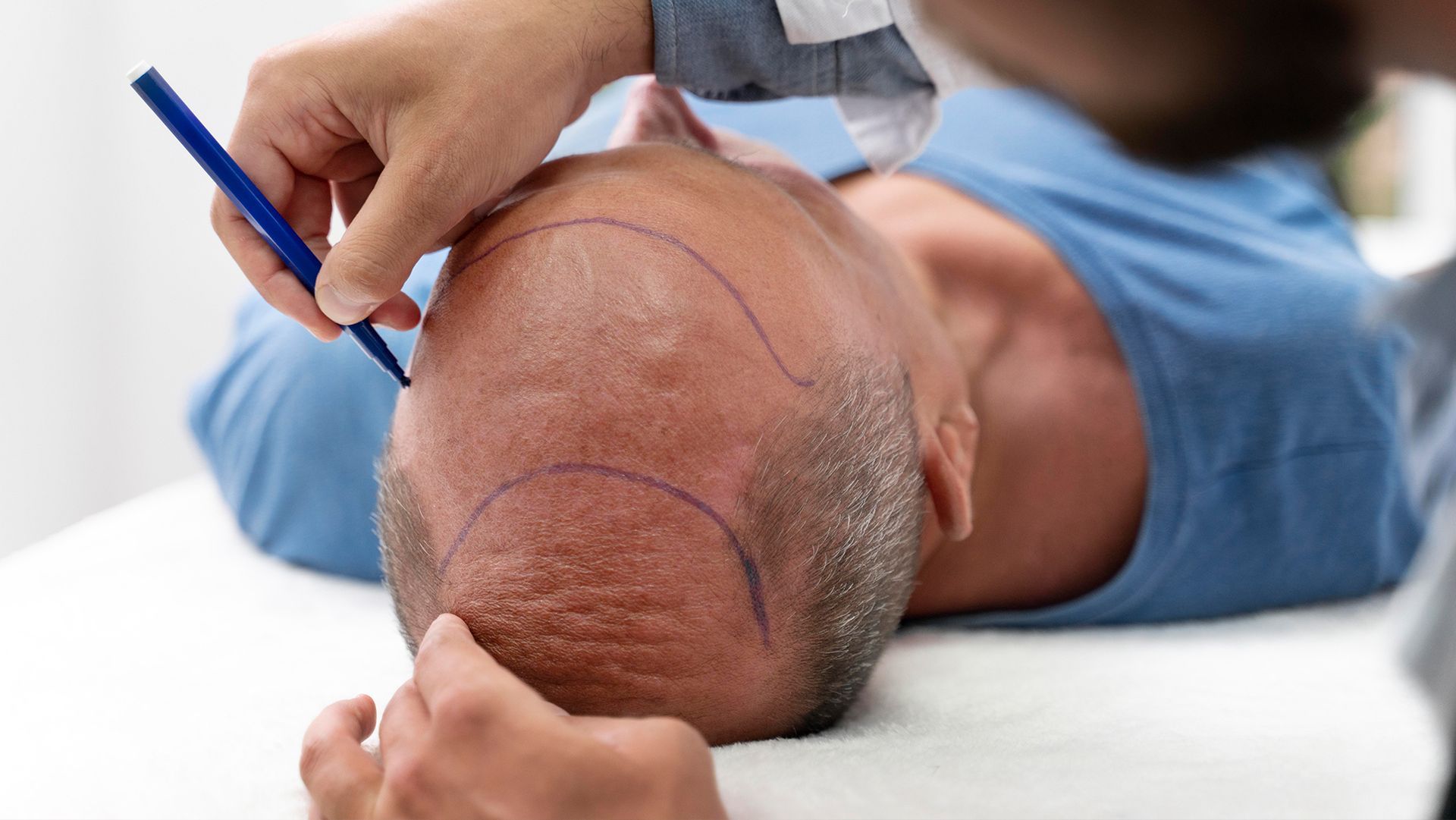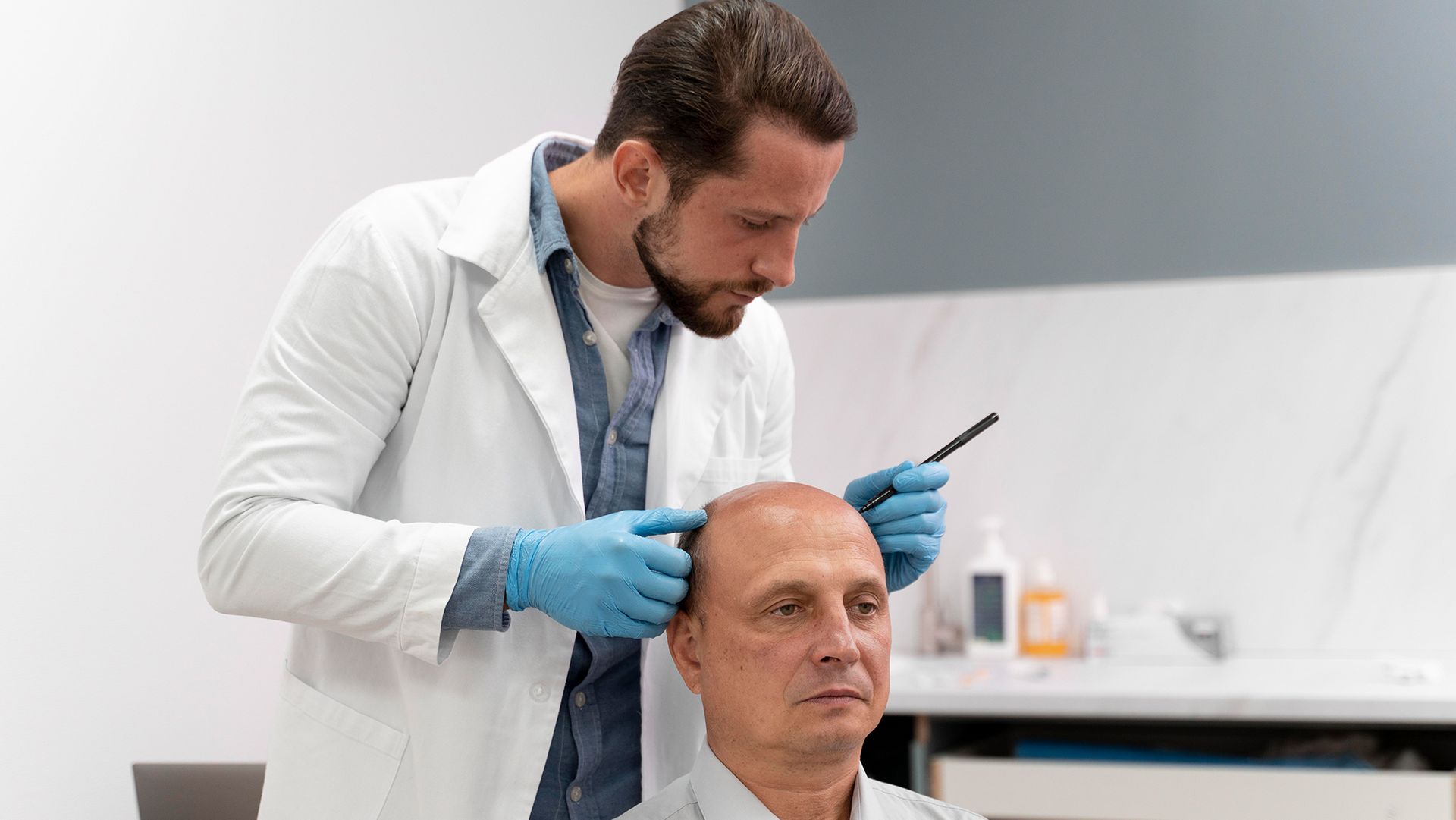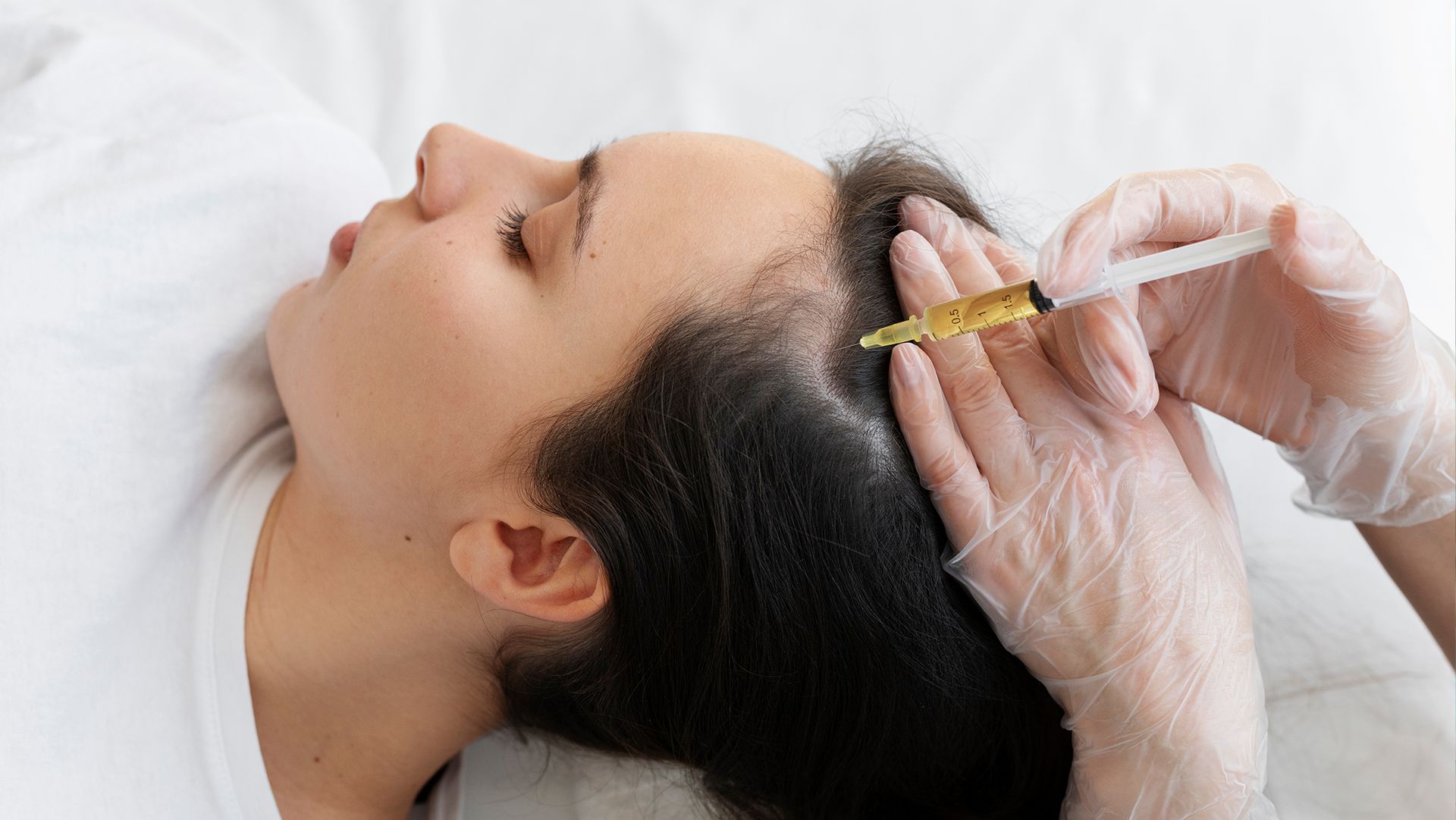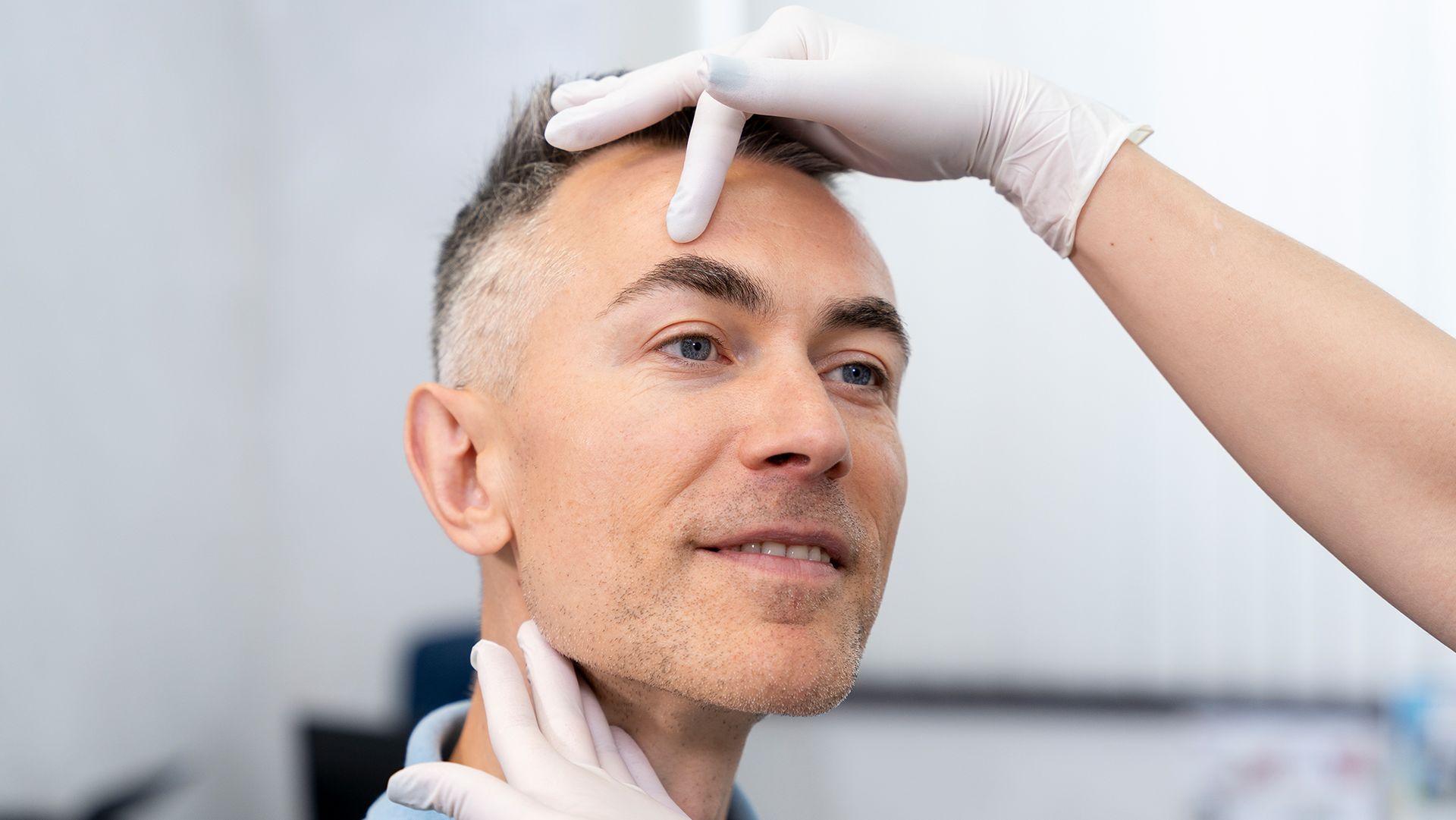Drying and Styling Your Hair-- Without the Damage

Drying and Styling Your Hair-- Without the Damage
Healthy hair practices do not stop in the shower. The decisions that come after you step onto the bathmat are just as important as the decisions you make while cleansing your hair. In fact, they may be the most crucial part of your overall hair health. So, when faced with these decisions, what are the right choices? Some of the answers may surprise you, but don’t worry: it’s easy. The following contains some advice on how you can achieve optimal hair health while maintaining a fashionable, polished style.
Air-Drying
Most people know that the frequent use of heat styling is bad for your hair. Sparing your hair from harsh heat will help to keep all those silky strands free from split ends and frizz. However, when it comes to healthy practices, there will always be people who have the best intentions and the worst execution. Those of us who air-dry our hair is no exception. When done incorrectly, letting soaking wet hair dry out on its own time can actually dry out the hair, making it hard to manage. There are several reasons for this, but the most important one to remember is that wet hair is fragile hair.
It’s better to optimize the air-drying experience by helping to soak up excess water rather than letting the air do all the work. Hair is much heavier when it is weighed down by water. This means that parting your hair regularly and simply letting it hang can cause tension on the roots and strands. Add this to the fact that your wet hair is already extra delicate, and you have a recipe for breakage. But never fear! There are products available specifically for this purpose. For example, a Turbie Twist is a microfiber towel specially designed to stay on your head while absorbing all that extra water in your hair. That means you can do your household chores and activities while drying your hair in a healthy, efficient way. Plus, according to Bustle, "When there's no floppy towel falling off, there's no chance of pulling wet, sensitive hair along with it . ”
It’s okay to do some detangling while the hair dries but be gentle. Combs made to manage wet hair are more gentle and will go easy on your hair in its most delicate state. Also, don’t forget to call in the reinforcements, like leave-in conditioners. Not too much, because that’s unnecessary weight and leads to that problem of breakage once again. But don’t use so little that your hair can’t drink up the nutrients that fend off dryness.
Minimal Damage Styling
While air-drying your hair is an easy solution, and it can be good for your hair, it’s not always the most practical for the sake of time and ease of styling. Rest assured that if you prefer blow-drying, there are ways to minimize damage. One of the simplest changes you can make to improve the health of your hair is to set your hair dryer on the coolest setting. Heat is not your hair’s friend. Drying your hair with heat dries it out too fast and strips your hair of the oils it needs to be soft and shiny. You can improve on this even further by combining air-drying with blow-drying. For example, if you can leave your hair in a Turbie Twist for 20 minutes before plugging in the dryer, then you just saved your hair from some unnecessary damage.
Of course, most of us do occasionally reach for that curling iron or flat iron. The most important part is to keep full-on heat styling sessions infrequent. If you must use heat to style your hair, remember to be gentle, even with perfectly dry hair. That means to put the styling tool on the lowest heat setting possible. Work quickly by not holding that hair in the curler for very long and avoid re-styling the same areas more than once.
So, what does this mean? That most days are going to be filled with sloppy ponytails just to keep your hair shiny, moisturized, and healthy? Nope, not in the slightest! There are plenty of quick, simple hairstyles that require no heat at all, and always keep in mind that a touch of dry shampoo can keep your hair volumized without the dreaded heat. A top knot is a great look for a night out, especially when dressed up with a small braided section. A half-up bun is perfect for brunch. And, as you may remember from childhood sleepovers, a French braid left for a few hours will leave you with natural-looking, tousled waves. There is no need for heat in order to appear pretty and polished.
Pamper Your Hair!
Even if you follow this advice perfectly, some damage is inevitable. Your hair can always benefit from some TLC. Finding a good balance of products is essential to hair health. A daily conditioner will minimize tangles that tug on the hair and cause hairs to split. A leave-in conditioner helps keep hair from losing its necessary oils while it dries. Optionally, you can also add a drop or two of a light oil, like argan or silk oil, to provide additional shine. Last but not least, an important step of hair care is to deep condition regularly. A deep conditioning treatment once a week will give your hair some time to recover from the drying that comes from our daily lives.
Additionally, if you shower in the evening, it is crucial that your hair is dry (air-dried or otherwise) before you hit the hay. When you sleep, you toss and turn. Even if your movements are hardly noticeable, the friction of your hair against cotton can be damaging. Cotton may seem soft, but it is rougher than your hair. That’s fine on dry hair but remember wet hair = fragile hair.
It’s not as difficult as it seems to find a hair drying and styling routine that causes minimal damage to your hair. Remember, don’t just air-dry. Be a smart air-dryer and help out your hair with microfiber towels and leave-in conditioners. Use a gentle comb made for wet hair. If you use a blow-dryer, turn off the heat. If you must use heat to style, be kind! Keep it as cool as possible and be quick about it. Or, find hairstyles that require no heat at all. And of course, find some products that you love that keeps your hair looking and feeling its best. It will thank you!
